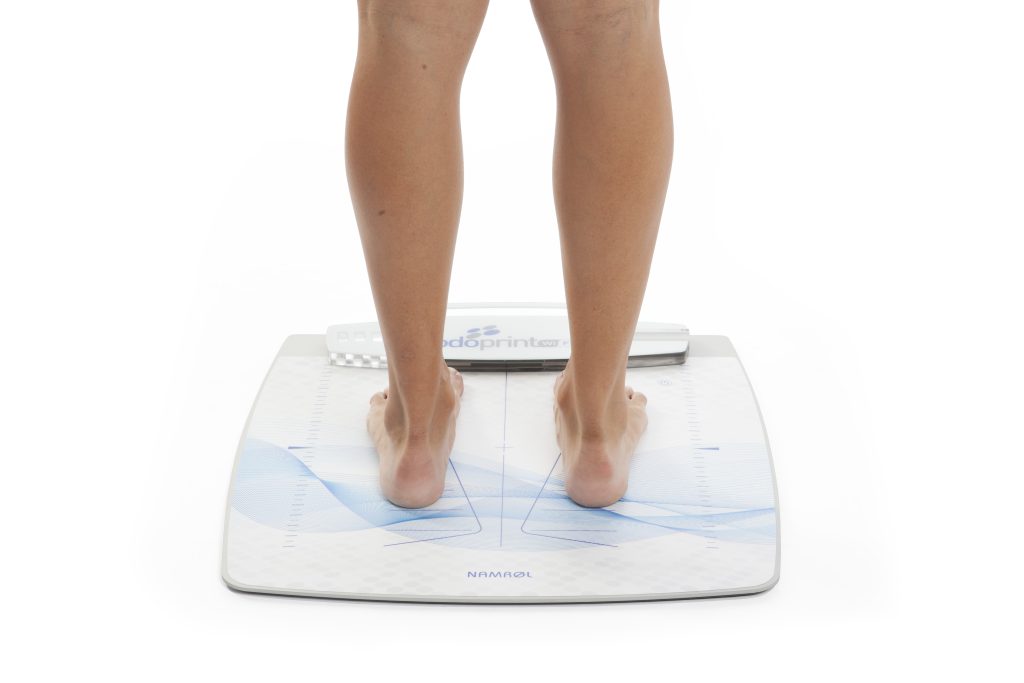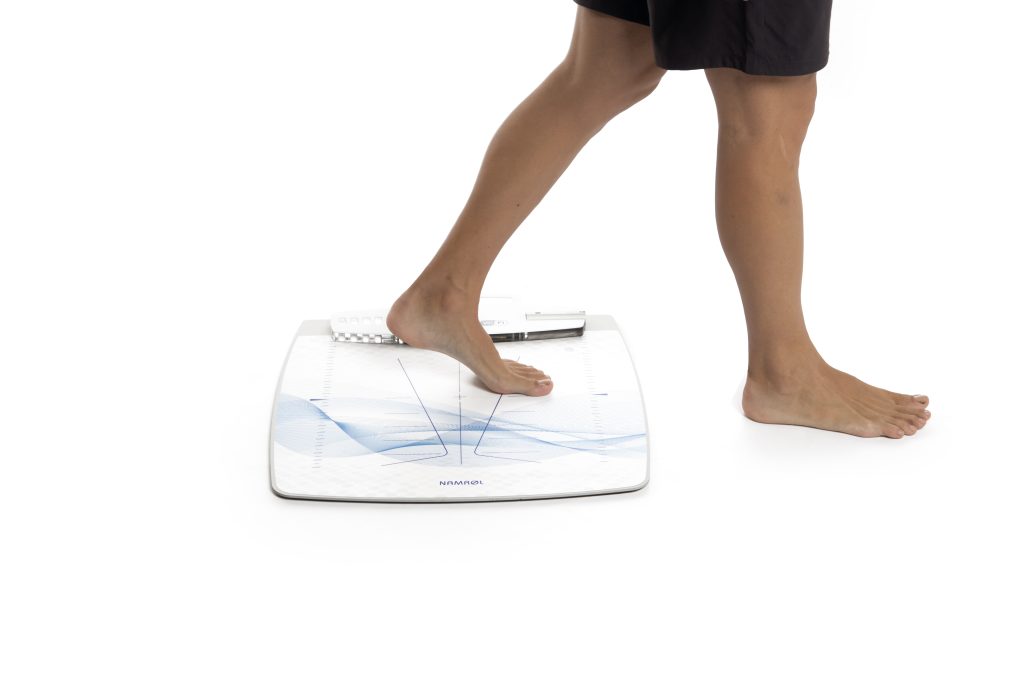Baropodometry analysis has established itself as a fundamental tool in modern podiatric practice, allowing for the objective assessment of plantar pressures. This technology has revolutionized biomechanical diagnosis by providing quantifiable data on load distribution in the foot, both under static and dynamic conditions. However, the choice between static and dynamic baropodometry continues to generate doubts among many professionals. In this article, we will analyze the characteristics, advantages, and specific applications of each modality, providing keys for its correct implementation in daily clinical practice.
Technical fundamentals: What does each modality measure?
Static baropodometry
Static baropodometry analysis assesses plantar pressure distribution when the patient remains standing without moving. This modality allows for recording:- Percentage load distribution between both feet
- Pressure ratio between forefoot and hindfoot
- Behavior of the plantar arch under load
- Stability of the center of pressure
- Postural oscillations
Dynamic baropodometry
Dynamic analysis records the evolution of plantar pressures throughout the entire gait or running cycle. This modality provides information on:- Temporal sequence of plantar contact
- Maximum pressure peaks in each anatomical region
- Contact times by zone
- Progression of the center of pressure (Herzmark line)
- Foot behavior during the different phases of gait
- Dynamic compensations not noticeable in static gait
Specific applications in podiatric diagnosis

Preferred indications for static baropodometry
Static analysis is particularly valuable in: 1. Postural assessment Static baropodometry allows for the detection of abnormalities in the distribution of of loads related to ascending or descending postural problems. It is especially useful in:- Left limb dysmetria
- Scoliosis
- Pelvic disorders
- Postural compensations
- Stability of the center of pressure
- Risk of falling
- Effectiveness of orthotic treatments
- Cavus feet: increased pressure on the heel and forefoot with midfoot offloading
- Flat feet: increased pressure on the medial midfoot
- Hallux valgus: altered load distribution in the first ray

Preferred indications for dynamic baropodometry
Dynamic analysis is irreplaceable in: 1. Study of functional pathologies Many functional disorders only manifest during gait:- First ray insufficiencies
- Alterations in the toe-off pattern
- Excessive pronation or supination during stance
- Joint functional limitations
- Precisely identify overloaded metatarsals
- Quantify pressure peaks
- Evaluate contact times
- Assess the effectiveness of offloading treatments
- Comparing pressure distribution with and without orthotics
- Evaluating different athletic or therapeutic footwear designs
- Objectively assessing the efficacy of treatment modifications
Combined Protocols: Maximizing Diagnostic Value
Despite their differences, the greatest diagnostic potential is achieved by combining both modalities. A complete protocol should include:
1. Initial static assessment
- Recording in the natural position
- Percentage load distribution analysis
- Assessment of peak pressures
- Basic stabilometry (center of pressure oscillations)
2. Complete dynamic assessment
- Multi-step recording to obtain a representative pattern
- Analysis of pressures by anatomical region
- Evaluation of the temporal sequence of support
- Analysis of the center of pressure progression line
3. Comparative Assessment
- Correlation between static and dynamic findings
- Identification of functional compensations
- Analysis of differences between both feet
Advanced pressure platforms, such as those offered by Namrol, facilitate this integration by allowing easy switching between modalities and offering specific comparative analysis tools.
The choice between static and dynamic baropodometry should not be considered a dilemma, but rather an opportunity to obtain complementary information. While static analysis provides valuable data on baseline pressure distribution and postural behavior, dynamic assessment reveals functional alterations only noticeable during movement.
The modern podiatrist must master the interpretation of both modalities, taking advantage of their specific applications to improve diagnostic accuracy and optimize orthopedic treatments. Baropodometry, both static and dynamic, is thus consolidated as an essential tool in evidence-based podiatric practice.
Interested in learning more about advanced baropodometry solutions for your clinic? Discover the full range of Namrol pressure platforms at www.namrol.com
